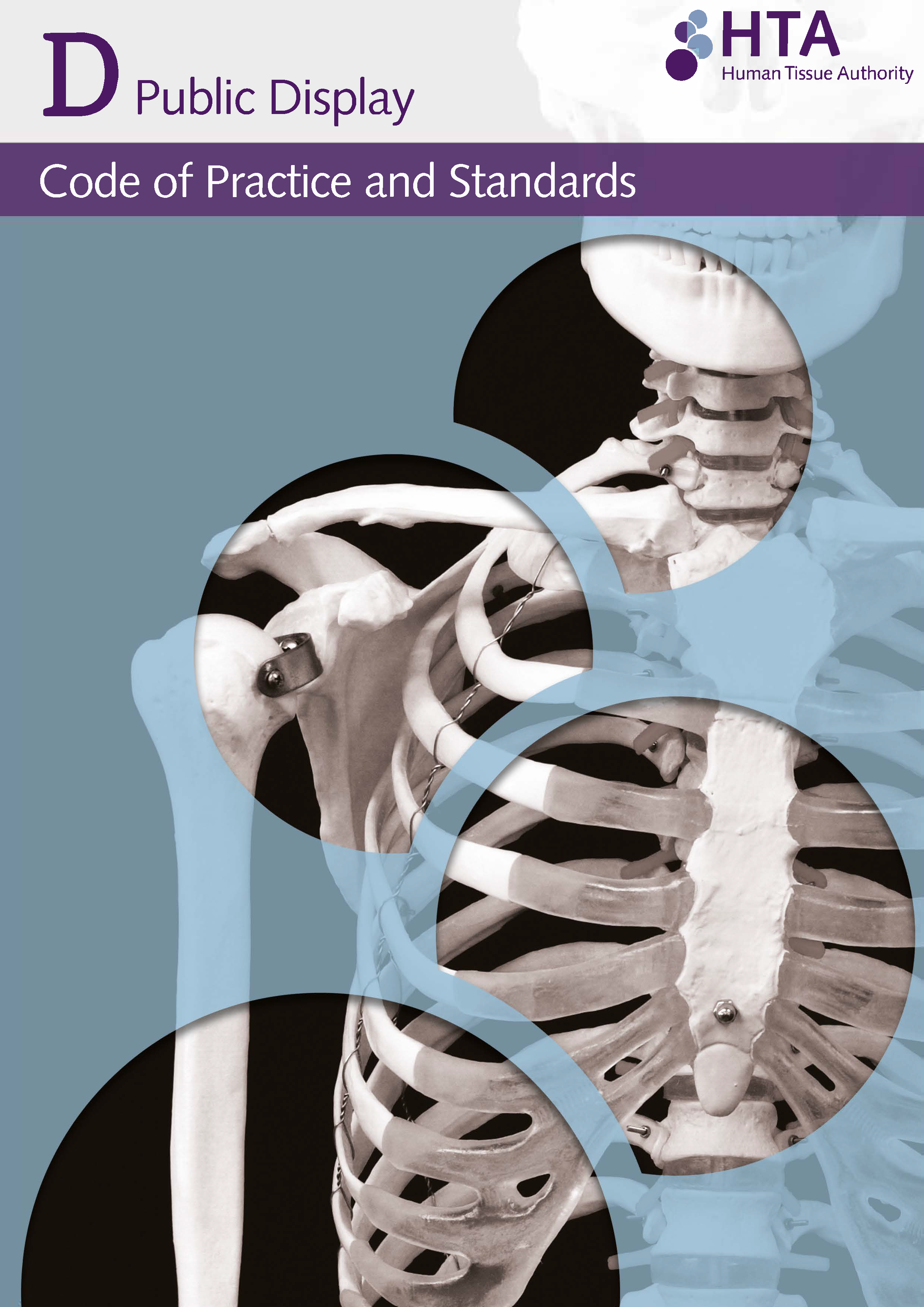Guidance on public display and imported material
A key principle of the Human Tissue Act (HT Act) is that all human bodies, body parts and tissue should be treated with appropriate respect and dignity. It is important that checks and procedures are put into place to ensure that appropriate consent is obtained for the public display of human material. In England, Wales and Northern Ireland, the law requires that the person whose body or body parts will be displayed after death must have given their consent in writing and for it to have been witnessed and attested.
The consent requirements for the public display of imported bodies and body parts are different to those of material sourced in England, Wales and Northern Ireland. However, Code of Practice D: Public Display sets the same consent expectations irrespective of whether the material is imported or sourced domestically.
All establishments removing, storing or using imported human bodies or body parts for the purpose of public display are expected to demonstrate that:
- the material has been sourced legally in the country of origin, and;
- the donor provided consent for their body or body parts to be used for public display.
Consent should meet the expectations set out in paragraphs 37 to 40 of Code of Practice D: Public Display.
Advice for establishments involved in public display
- Before importing any bodies or body parts, you should check the validity and authenticity of any documentation. It should provide assurance that the material has been sourced legally and with consent of the donor themself. If you are storing or displaying imported bodies or body parts, you should follow the guidance set out in Code D: Public Display (paragraphs 64-69)
- You should have effective and reliable processes for checking evidence of appropriate consent. You should have robust and clearly documented policies and Standard Operating Procedures (SOPs) in place that specify how you will obtain, check, and maintain a record of the evidence of consent.
- If you have any doubt about the source or the evidence of consent, you should seek clarification and only proceed if the consent expectations are met.
- All policies and SOPs should include clear information about how you will safeguard the confidentiality of all information relating to consent.
